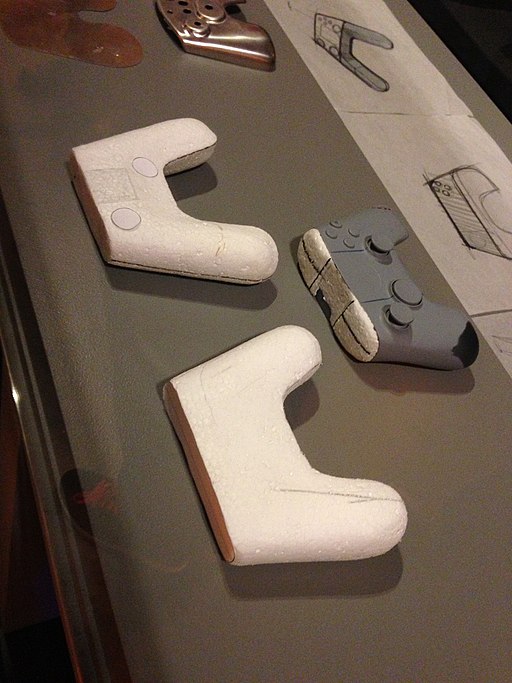The 2 things that make engineering important to the creative process
I recently was promoted to team lead at work (yay!) and we're starting a new project that is a completely separate app from the huge code base we're used to working on. The whole team is really excited because we get to start over and take what we've learned about how we should have done things, and we get to use new technologies. It's a really great opportunity and really exciting.
So my mind is on the engineering side of creativity lately. And there's two really important ideas from engineering that could really benefit the artistic side.
Prototyping
I don't think I need to explain what a prototype is, but the idea of prototyping is pretty integral to engineering.
In software engineering we make mockups. Those are our prototypes. A designer makes a low quality (read: not interactive, not HTML, maybe just a drawing on paper) version of what he wants the user interface to look like. Often the designer or product manager will show users this version and ask for feedback or even test their ability to "go through the software" as the designer made it.
After feedback, the designer tweaks the design or gives her stamp of approval, the developer makes the real thing and trying to get it as close to the mockup as possible.
In the book world, when I was creating my book I made several prototypes. In this case it wasn't drawings. They started as cardboard that I cut from cereal boxes and a few pieces of paper that I cut to size. After that I ordered prints of the actual book.
In the art world, I bet artists sketch what they are going to draw before they use ink and color, but maybe not. What about sculpting, music, dance, etc.? Do they have a way to make a prototype? If not, it might be a powerful way to improve their craft.
Iteration
I've talked about iteration before, but the gist of it is you try something, test, and repeat. You just keep making it work a little better each time.
In the software world, not only do we do this for the mockups, but also for the code. Before it becomes part of the product, we have people on our team review it and we iterate on that feedback loop until it's good enough to merge into the codebase.
On a higher level from individual, small changes to the code, we also iterate on big features and incrementally make them better each version.
In my writing life, there's the idea of rough drafts. I went through 4 drafts to finish Son of Shadow Hero of Light. Brandon Sanderson goes through 6 I think he said. Each is an improvement on the last—hopefully.
How do artists iterate? And people who do sculpting? I feel like if you make a mistake, you ruin the whole thing. I could see how dancers or music creators can iterate, but some types of art just make it hard to iterate, I think. Maybe I just don't have experience enough with those forms.
Movies though, they don't—excluding Pixar—iterate or prototype. Maybe other animation studios do, but live action movies could really benefit from these principles. Maybe we wouldn't have so many trilogies and reboots if they did.
So, in conclusion, prototyping and iteration are powerful tools in the engineering world that could benefit art. It might not work everywhere for every type of art, but I'd be interested to see how artists could make it work for them and then to see their results and see if they feel like they had more of an impactful product.
What kind of art do you do? And how can you apply prototyping and iteration?
In the software world, not only do we do this for the mockups, but also for the code. Before it becomes part of the product, we have people on our team review it and we iterate on that feedback loop until it's good enough to merge into the codebase.
On a higher level from individual, small changes to the code, we also iterate on big features and incrementally make them better each version.
In my writing life, there's the idea of rough drafts. I went through 4 drafts to finish Son of Shadow Hero of Light. Brandon Sanderson goes through 6 I think he said. Each is an improvement on the last—hopefully.
How do artists iterate? And people who do sculpting? I feel like if you make a mistake, you ruin the whole thing. I could see how dancers or music creators can iterate, but some types of art just make it hard to iterate, I think. Maybe I just don't have experience enough with those forms.
Movies though, they don't—excluding Pixar—iterate or prototype. Maybe other animation studios do, but live action movies could really benefit from these principles. Maybe we wouldn't have so many trilogies and reboots if they did.
So, in conclusion, prototyping and iteration are powerful tools in the engineering world that could benefit art. It might not work everywhere for every type of art, but I'd be interested to see how artists could make it work for them and then to see their results and see if they feel like they had more of an impactful product.
What kind of art do you do? And how can you apply prototyping and iteration?



0 comments :
Hey there, thanks for leaving a comment. You're a good person